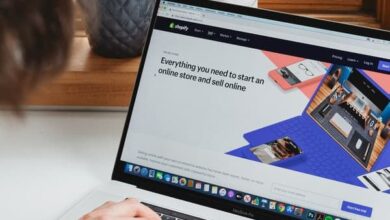How to make effective email newsletters
You’ve got your database all set up, and you’re ready to start direct marketing with email. Now you need to make sure the recipients read what you send.
Your newsletters need to find a balance between being relevant and being informative and useful to your database.
The recipients need two questions answered for them: why do I need it, and why should I click on it now? Basically, you need to convince them that an enormous benefit awaits behind that subject line. And you need to convince them that this particular benefit is one that they need right now.
These are the basic rules. To make your newsletter effective, you need to apply them to each stage of the email breadcrumb trail:
1. The subject line
There is no single correct length for a subject line, so don’t worry about tailoring it to different email clients. Some will be capable of displaying very long subject lines, others will cut off after the first 5 words. Just make sure that those first 5 words follow through on the golden rule: benefit, now. Your subject line needs to offer something valuable to the reader; some useful information or a promotion. It helps if that something is timely, or topical.
For example, a recent pre-election version of a ticketing company’s email had the subject line ‘Less Labour, More Party’. This provided a simple but effective bridge from a topical issue (the federal election), to the purpose of the email (promotion of upcoming dance events).
2. The fold
Most email clients only present a very limited preview window onto an email once the recipient has clicked on it. This is referred to as the fold, like the first fold of a physical letter as you take it out of the envelope. You need to present as much information above the fold as possible. And it needs to be simple, easily readable, and eye-catching. That window needs to present, as clearly and concisely as you can manage, three or four reasons for the recipient to open the email fully, and have a quick read.
3. The headline
The copy within your email will allude to three or four reasons for the recipient to visit your site. Each of these reasons should appear like a news story: a headline, a brief synopsis, and a call to action.
The headline is the eye-catching part of this exercise. It should appeal to the desire for benefit in the recipient. The more topical this is, the better. Ideally, it should be very brief: between 40 and 50 characters.
4. The copy
This needs to follow up on the promise of the headline. In these 2-3 sentences, you need to tantalize the reader’s desire for the benefit mentioned in the headline. Remember, the shorter it is, the less reading your recipient has to do in order to get the message.
5. The call to action
Having developed the idea of benefit in the reader’s mind, this punchy, short imperative needs to convince them that if they don’t click, they’ll be missing out. It also needs to impress upon them that what lies beyond the hyperlink is easy to deal with. They need this bit of content or product now, and it’s so easy for them to get there… why not click?
Finally, keep it simple. No one likes reading text that’s dense or full of jargon, especially not online. Keep it as informal as you can manage without sacrificing your credibility. If your words can feel like those of a friend, all of the messages in your email will feel more substantial, and easier to digest.
Sign up to Netregistry’s Mailroom for as little as $19 a month.




